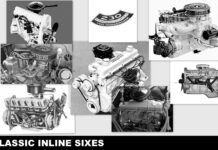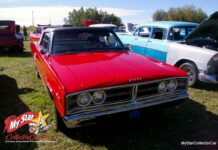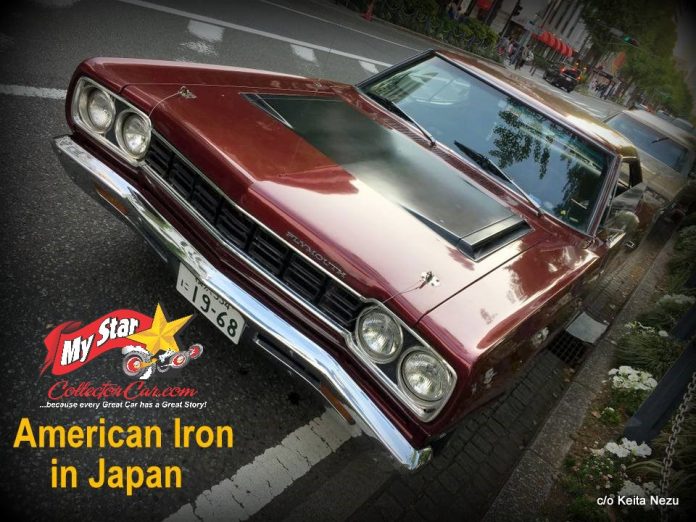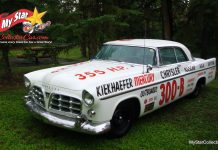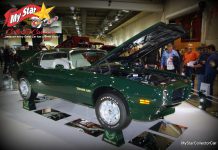The Japanese car culture is primarily focused on the here and now because Japan is a high-tech, highly organized society where new cars are prized and older cars are liabilities.
Registering a car in Japan involves considerably more paperwork than it does in North America because you not only have an inspection to contend with–you have to prove you have a parking space.
Weight and emission standards are factors–so is fuel efficiency–consequently the deck is stacked against old iron in Japan, but somewhere within that tidal wave of rules, you can find a car culture that reveres classic Detroit iron.
Jerry Sutherland
Keita Nezu is part of the vintage American car culture in Japan–his 1960 Plymouth Belvedere was a feature May 2021 MyStarCollectorCar owner’s story. Keita explained why vintage American cars appeal to younger fans in Japan: “Fast and Furious (the movie) is really famous in Japan. So ‘70 Chargers and other 1968-72 muscle car are popular–lots of younger people are interested in muscle cars because of the Fast and Furious series”.
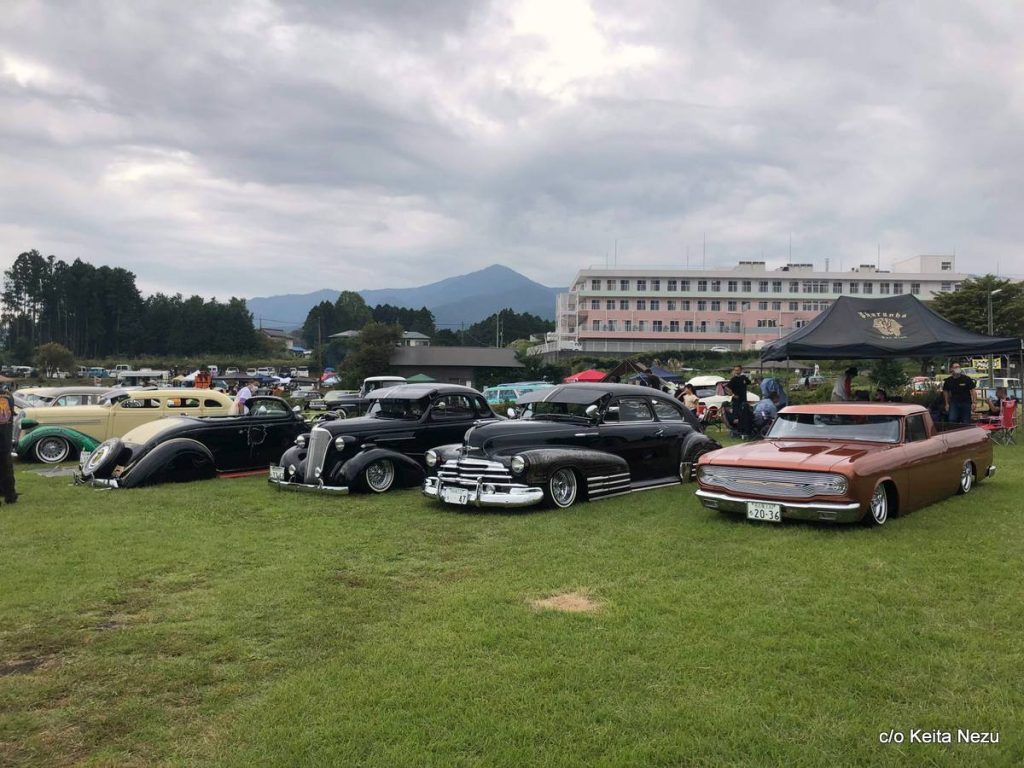
Keita said there are many car shows that feature Detroit iron and they break down into categories: “They have shows for lowriders, muscle cars, hot rods and trucking events”.
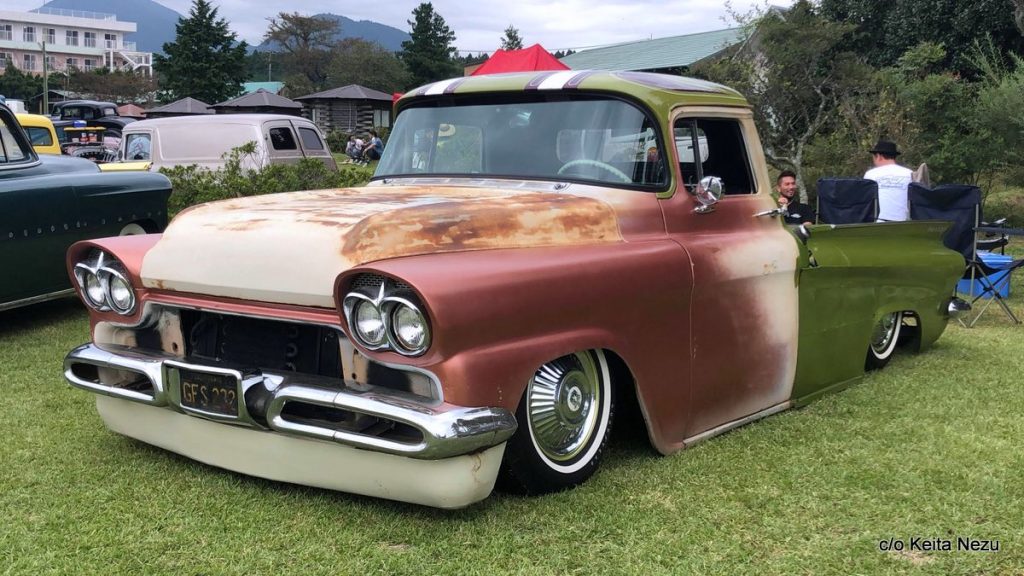
He added, “Astros, Dodge vans, C1500s and Explorers are available in Japan–newer American vehicles like right-hand drive 2000-era Fords are cheap in Japan, but old American cars are expensive”.
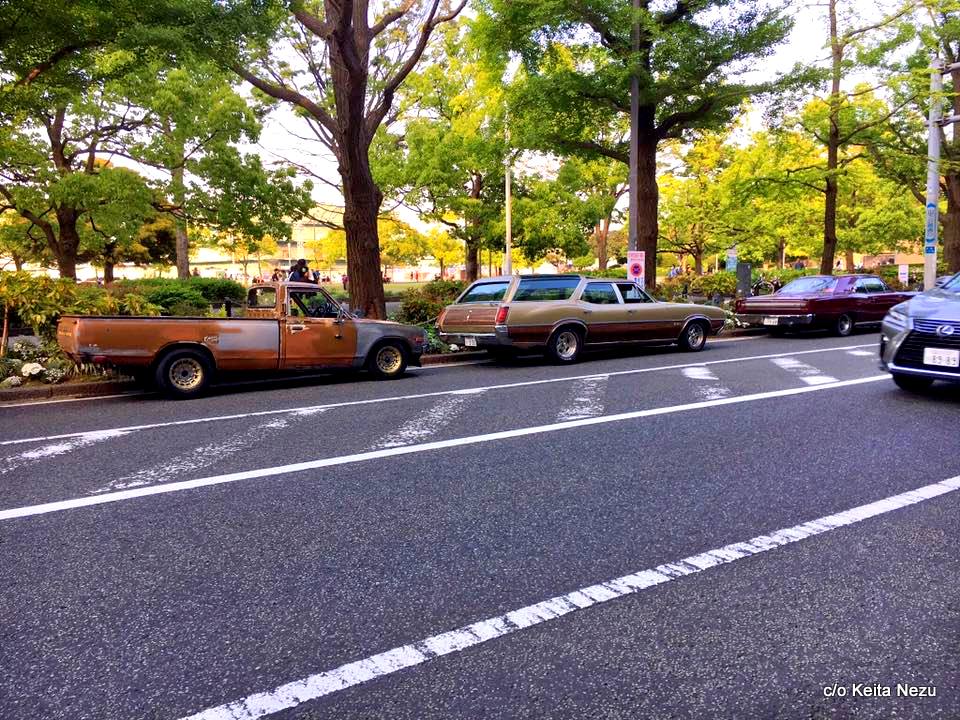
Despite the aforementioned bureaucratic hoops, Keito said registering an older American car in Japan is, “Not difficult–depending on the case–if they come directly from the United States–not sure how it works out if they come from other countries”.

You won’t see vintage Detroit iron in huge numbers on the streets of Japan, but those who do own classic iron are definitely willing to drive their vehicles. Keito says he sometimes, “sees other classics on the street” when he’s driving.

These vehicles stand out like a neon sign in cities where neon signs dominate the night.
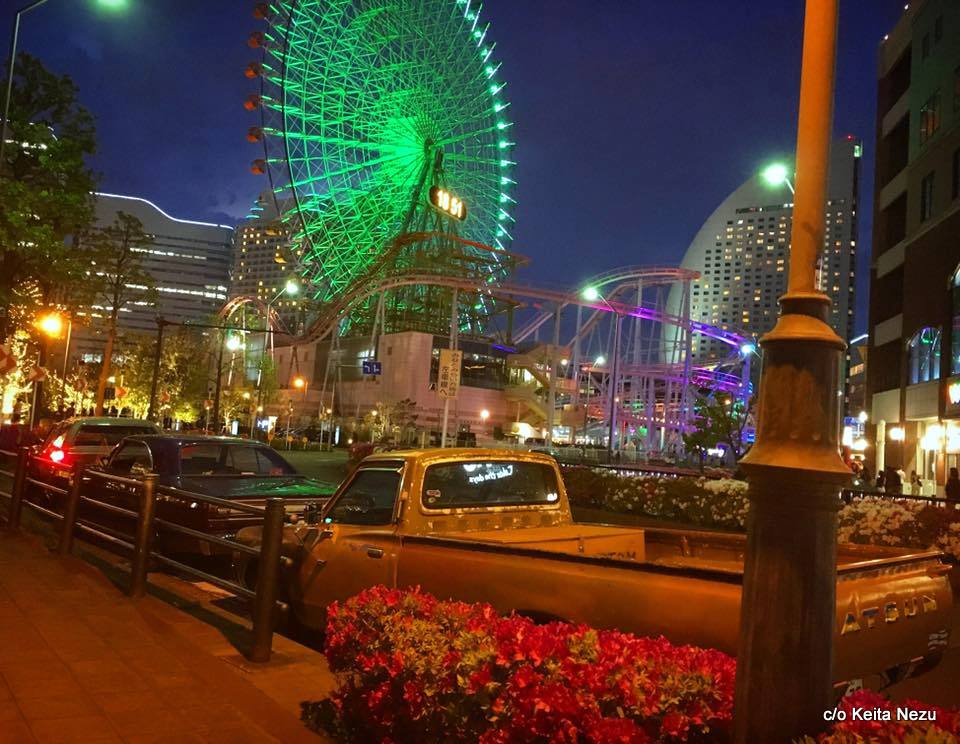
They can turn a Japanese parking lot into a spot that looks like it came right out of Southern California–the cool factor comes naturally, no matter what part of the globe.
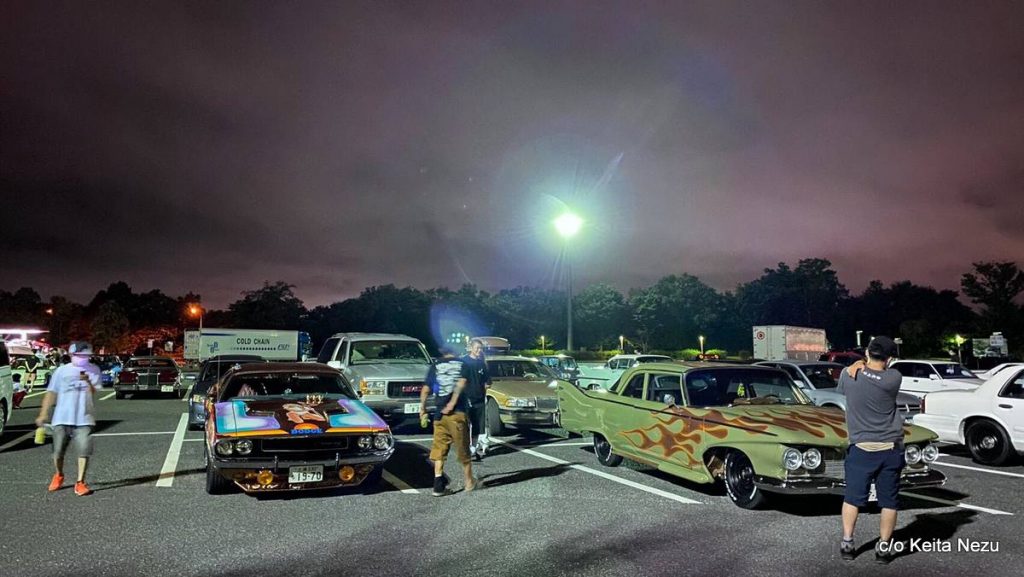
Cost is a huge factor with old American cars in Japan because parts are a big issue as Keito explained: “We can buy online with suppliers and auctions–so we can buy, but it cost a lot for shipping, and we have to wait a long time for parts to arrive in Japan”.
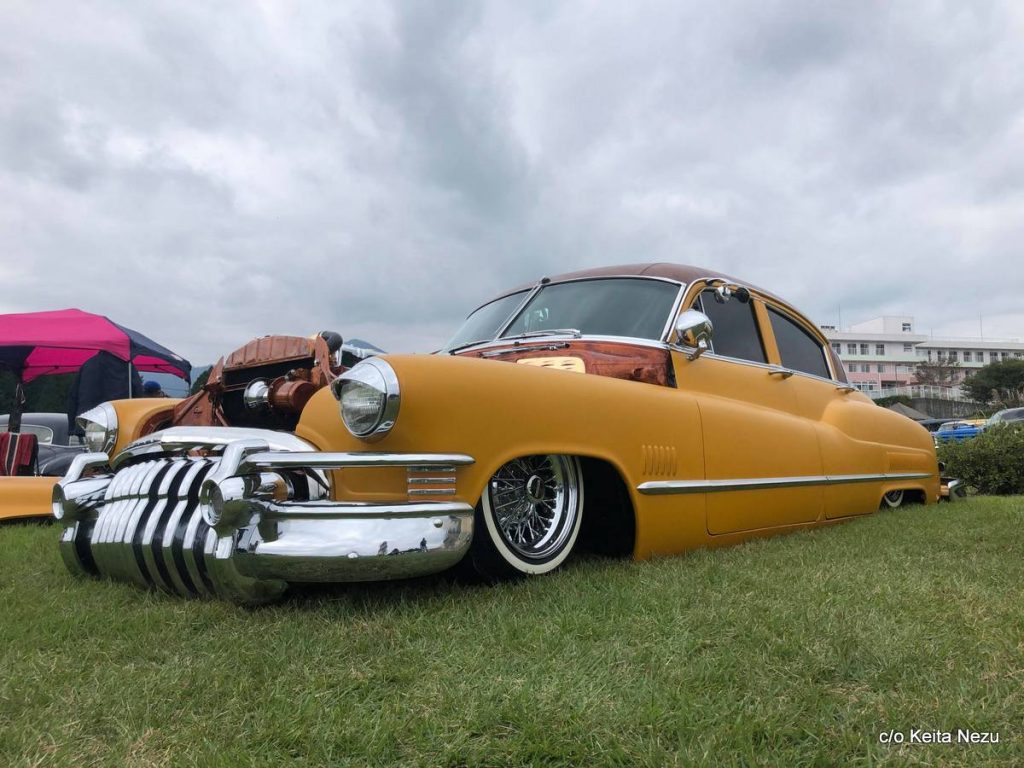
Vintage American iron is a cult item in Japan because mainstream Japanese are a lot like mainstream North Americans–they don’t see the magic in big, outdated cars with terrible fuel mileage. Fortunately, the old Detroit iron is a big hit with the younger people in Japan although, as Keita pointed out, “Japanese classic cars are more popular in Japan”.
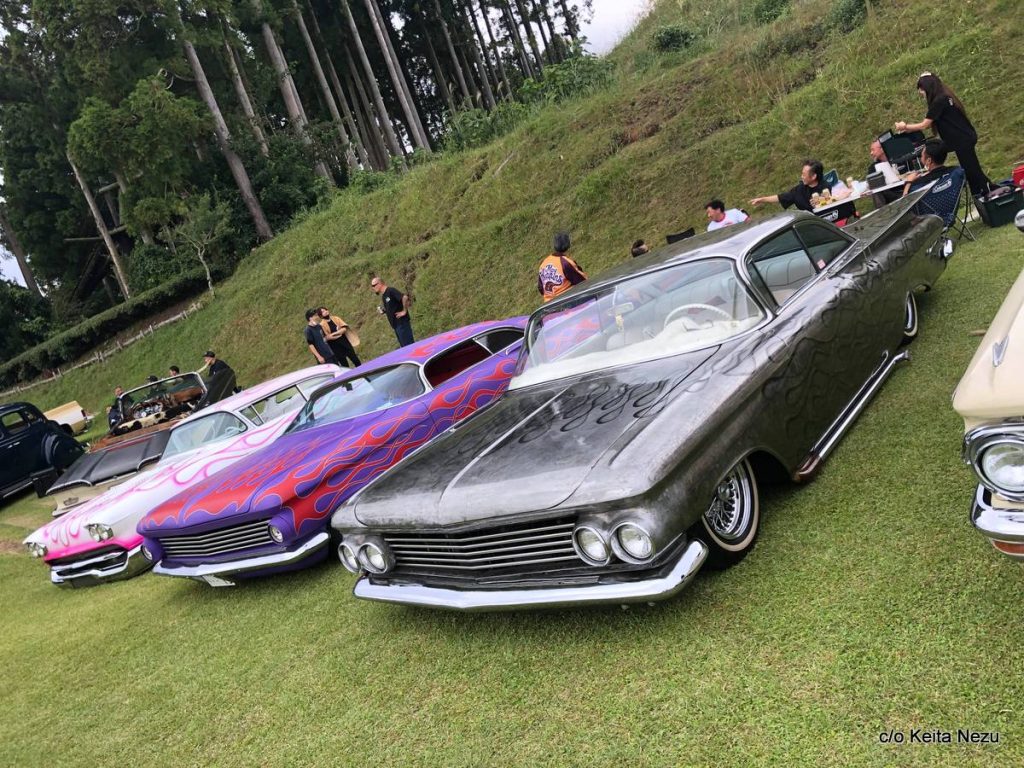
The Fast and Furious move franchise created a cult following in Japan for American iron, but the net result is obvious–Japanese streets just became a lot cooler.
Jerry Sutherland
By: Jerry Sutherland
Jerry Sutherland is a veteran automotive writer with a primary focus on the collector car hobby. His work has been published in many outlets and publications, including the National Post, Calgary Herald, Edmonton Journal, Ottawa Citizen, Montreal Gazette, Saskatoon StarPhoenix, Regina Leader-Post, Vancouver Sun and The Truth About Cars. He is also a regular contributor to Auto Roundup Publications.
- CLICK HERE TO SIGN UP FOR THE NEWSLETTER
- CLICK HERE to Like us on Facebook
- CLICK HERE to Follow us on Twitter
- CLICK HERE to Follow us on Pinterest
Please re-post this if you like this article.





